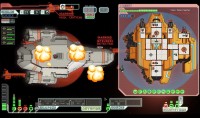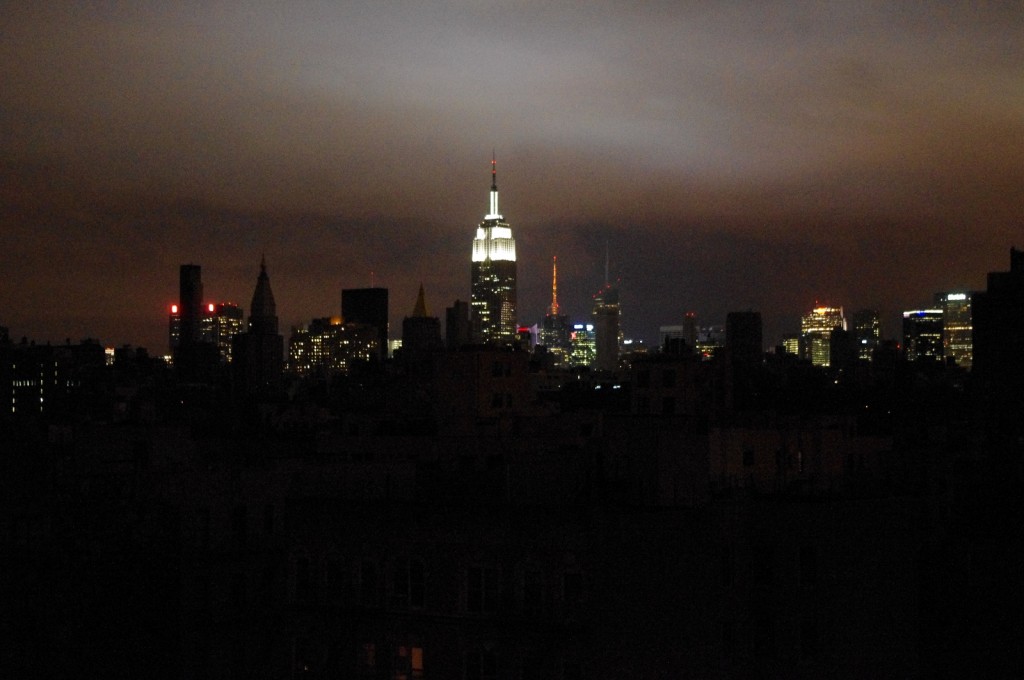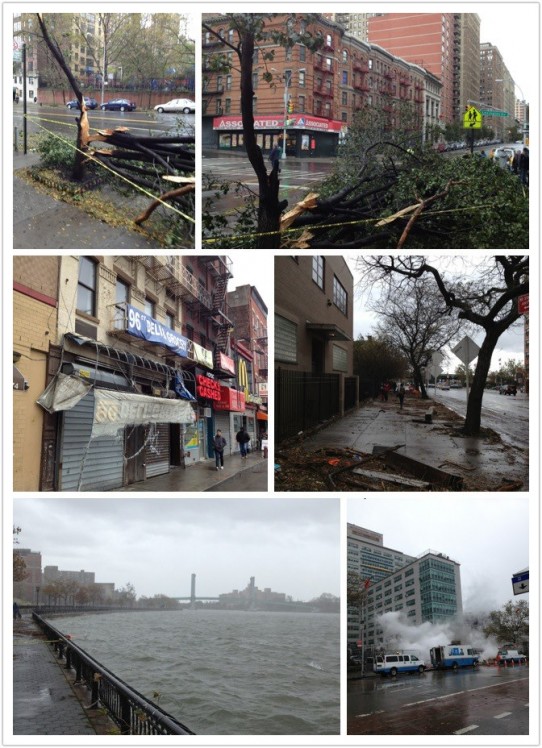Trite but true: video gaming has come a long way since the days of Donkey Kong. No other form of entertainment or industry has ever grown so quickly and in so many iterations. I could continue with another banality about how this is “a particularly interesting time for gaming” – but hasn’t it always been? That there seems to be another innovation just around the corner all the time is one of the most exciting things about working in this industry.

That said, the landscape for independent developers is changing in this next-gen cycle (or perhaps, the upcoming cycle is illustrating a change that already happened). Indies have been in the spotlight since Sony’s initial PS4 unveil, and it’s clear that “winning self-publishing” is a major goal for both Sony and Microsoft. While Sony has led the race (E3 was an incredible win on almost every front), Microsoft isn’t slouching. Its decision, revealed at Gamescom, to set pricing for self-published games seems a brilliant move to help indies have a real shot at success on Xbox One. Because, after all, who has all the pretty monetization charts we’d all love to get our hands on?
While the support the next generation will offer indies is more robust, and high-profile, than many people expected, it’s not surprising when you examine the market over the past few years. Apple changed the game for us all with the App Store, attracting a huge community of both users and developers – and making tons of money in the process. From constantly tweaking discoverability to providing developers with the tools and resources they need to build products as efficiently as possible, the App Store has made an extraordinarily strong argument for independent self-publishing. That’s not, of course, to discount Steam. Valve’s platform has also been ahead of the curve, with recent updates like Greenlight and the Early Access program providing even more ways to help great developers meet interested gamers.
Of course, Apple, Valve and the others’ efforts towards indies aren’t just proof of the power of a self-published, digitally distributed model. It’s a natural evolution, sure, but the – oh fine let’s just call it this – the “indie revolution” isn’t solely based on increased support from platforms. We have to consider the changing attitudes of both game developers and players. Many genres and franchises have been done to death. If you’ve been a gamer as long as I have (call it 18 years), you’ve killed millions of aliens, terrorists and zombies over and over and over again. At a certain point, a longtime gamer craves a new, more mature experience. At the same time, many developers at AAA studios feel a similar lassitude about creating yet another shooter. Indie games fill a void on both sides – creator and consumer.

I’ve been lucky enough to work with a number of indies founded by developers who quit big studios to create the games they’ve always wanted to make. This is one area where the interests of gamers and creators align perfectly, and it’s been amazing to see such substantial interest for Papo & Yo’s unique, personal storytelling, Tiny Brains’s truly social co-op mechanics and Outlast’s full-throttled commitment to scaring the crap out of everyone.
There are fantastic opportunities for indies on the horizon, which is good news for everyone. Developers will find it cheaper to bring games to market, with a better chance at success through built-in promotion and distribution. Gamers can expect veteran AAA devs to leave their jobs to make the projects they’ve dreamed of for years. Alongside the efforts the platforms are making, this means more unique, meaningful games that are easier to find. Platform holders will develop, iterate and improve the digital model through which all content will be ultimately distributed. Microsoft may have put the cart in front of the horse, but it’s clear that the endgame for all entertainment is the consolidation to one, integrated entertainment unit.

Ok, I’m going to go back on my word and proclaim this “a particularly interesting time” for indies. With all the efforts from the platforms, increasing consumer preference for digital distribution and big, AAA-style independent titles like The Witness and whatever thatgamecompany is working on, the next year may set a new standard for how games are brought to market.
I’ll be sharing more thoughts on the market for indie games, as well as some best PR practices for mobile, PC and console games, at the Boston Festival of Indie Games (BostonFIG) this Saturday.
John O’Leary






 2009’s
2009’s 



